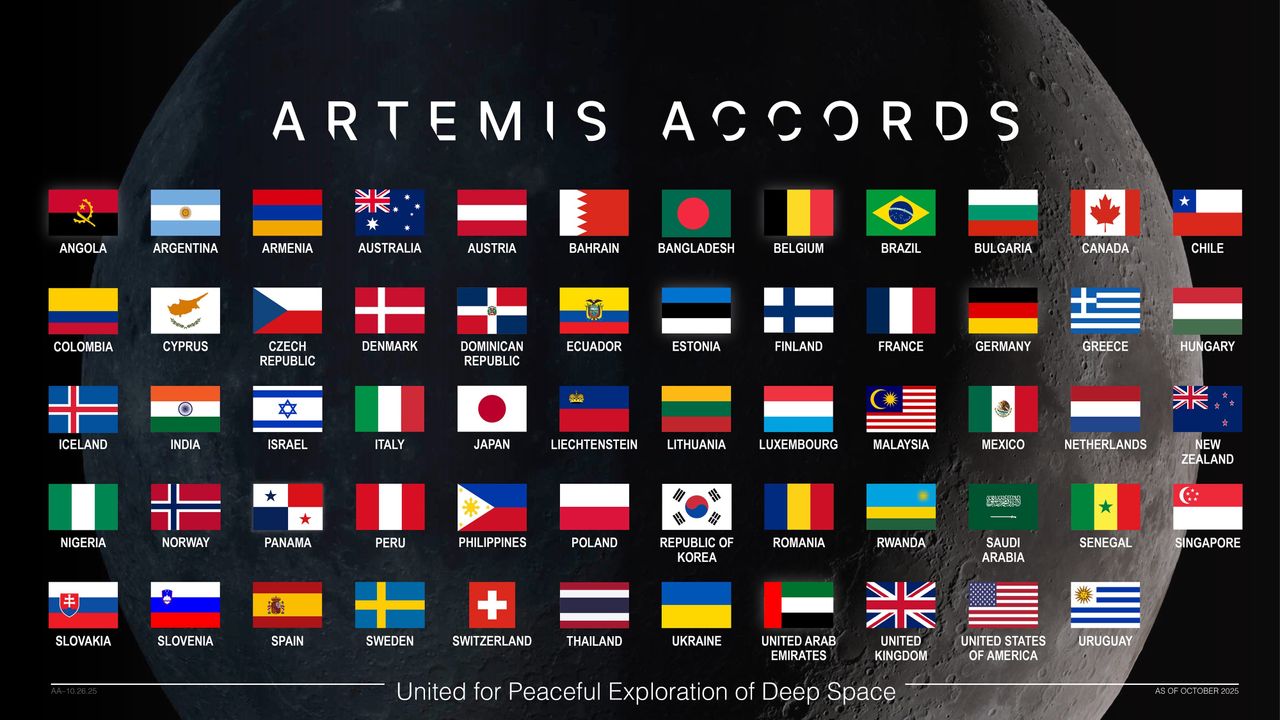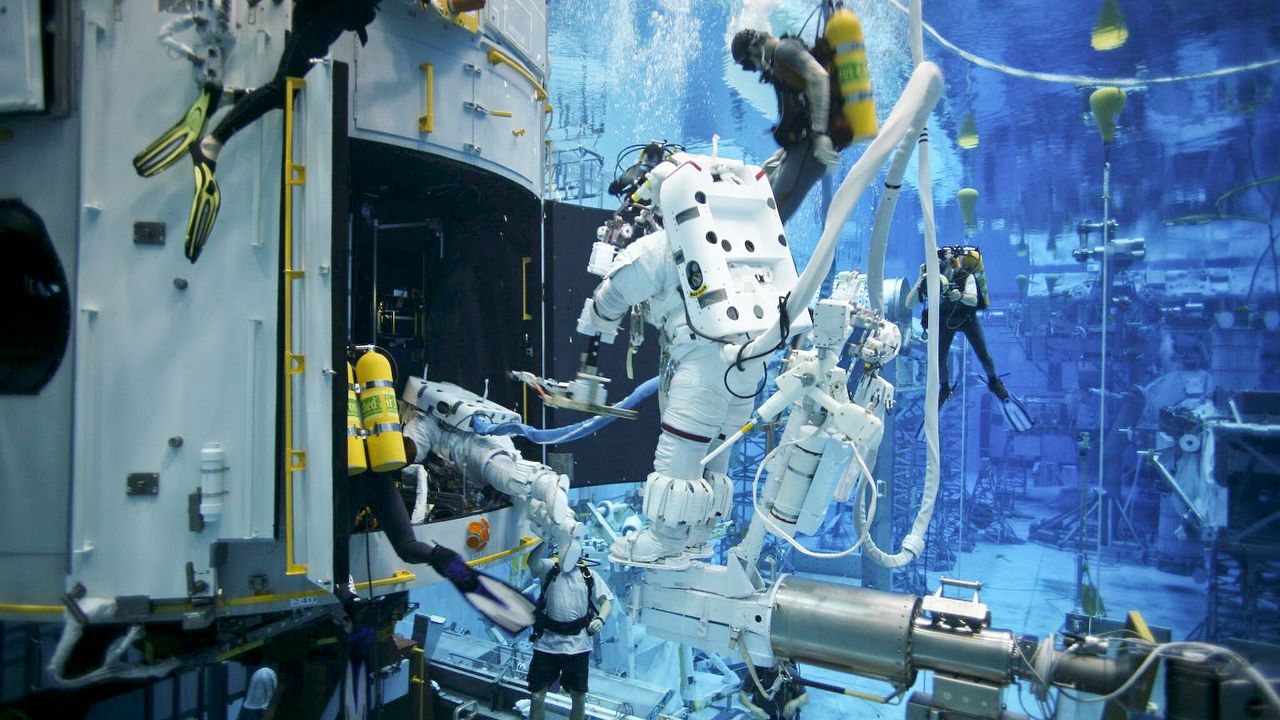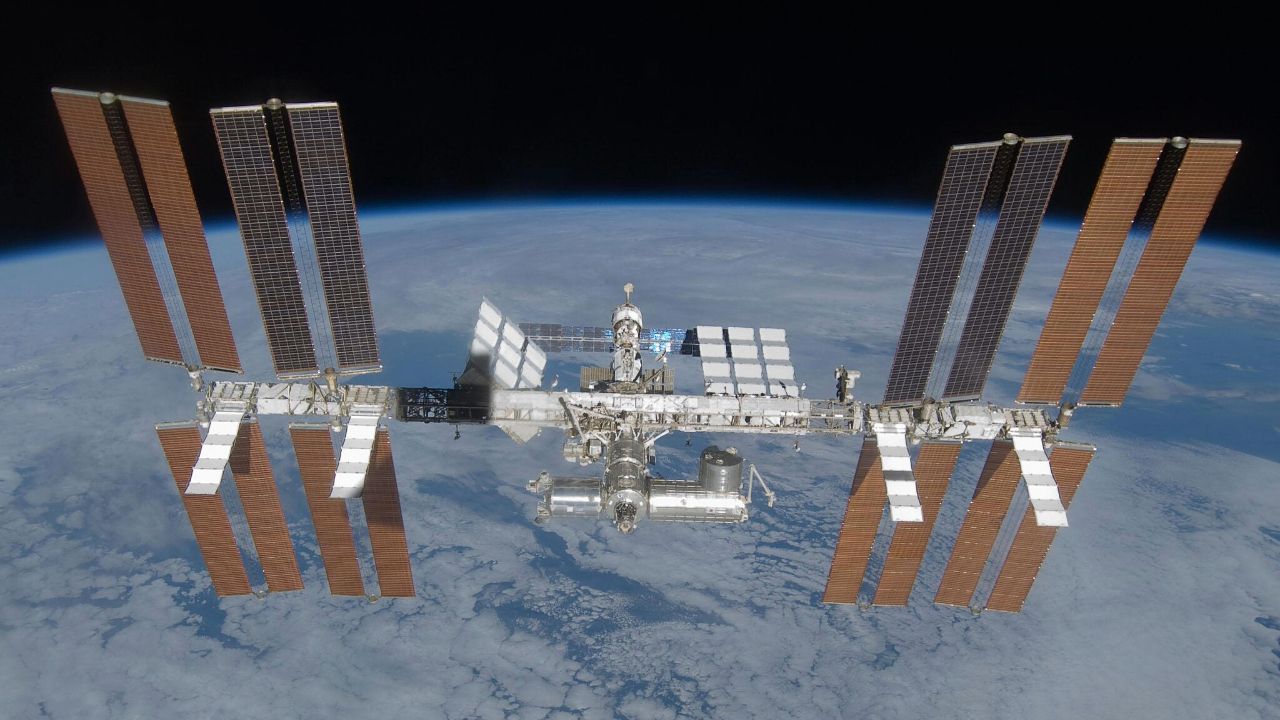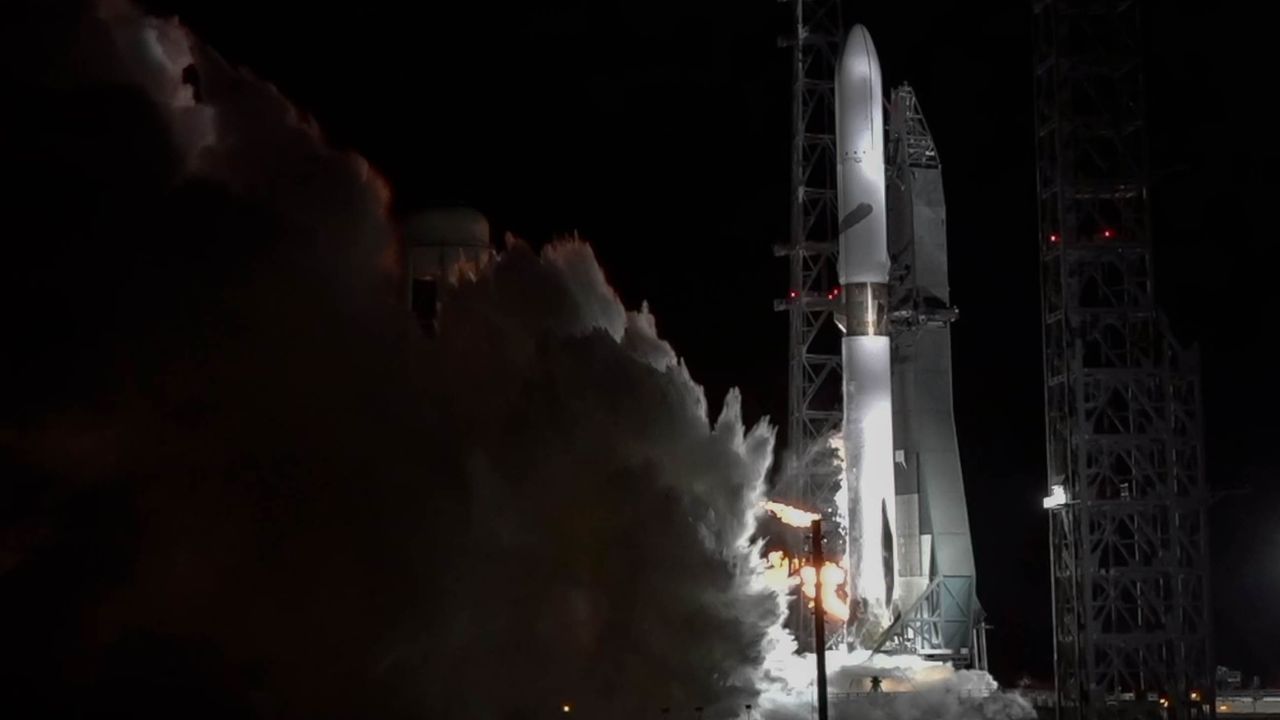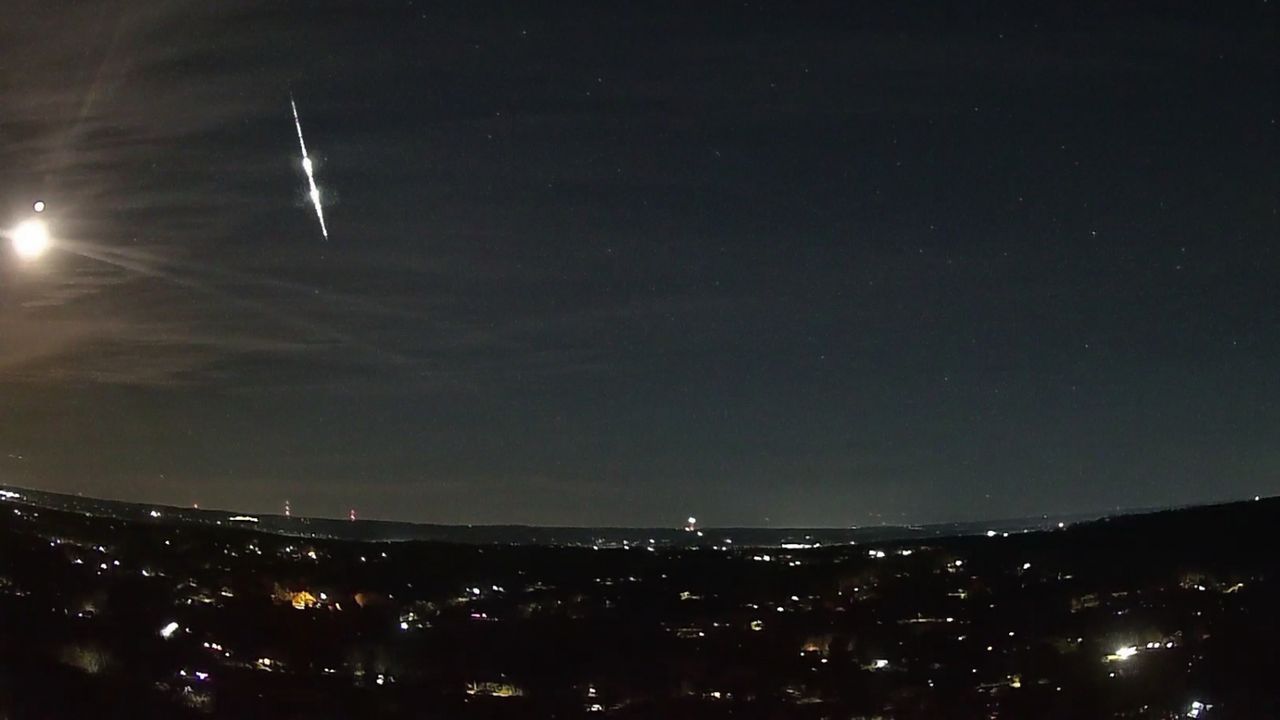The International Space Station will fall to Earth in 2030. Can a private space station really fill its gap?
NeutralScience

The International Space Station (ISS) is set to fall to Earth in 2030, raising concerns about what will be lost with its departure. As the ISS has been a hub for scientific research and international collaboration in space, its absence could create a significant gap in our understanding of space and technology. The discussion now turns to whether private space stations can effectively fill this void and continue the vital work that the ISS has provided for over two decades.
— Curated by the World Pulse Now AI Editorial System
